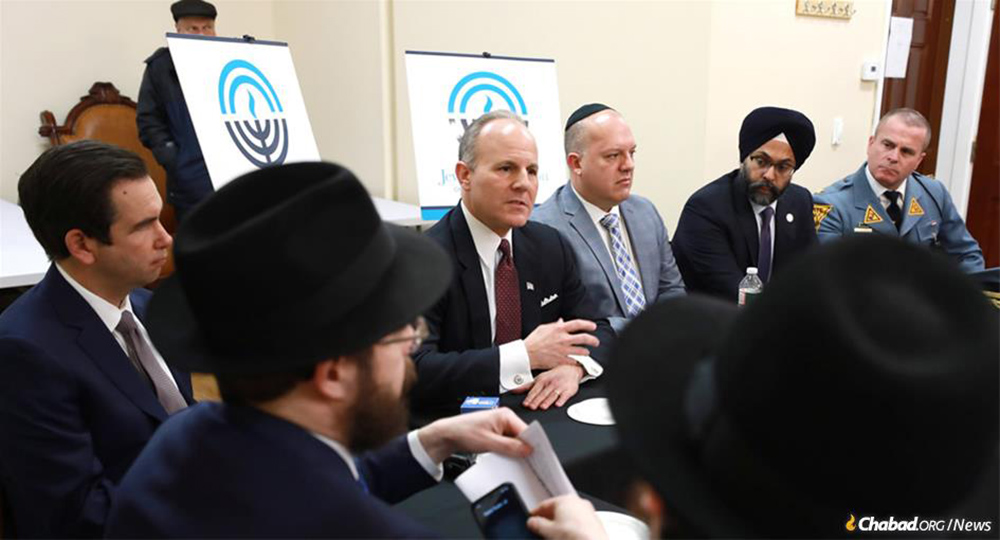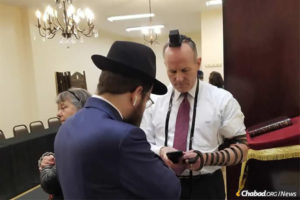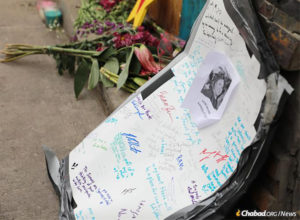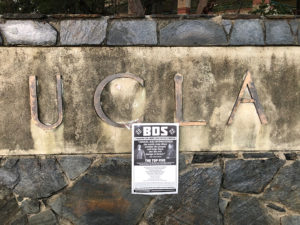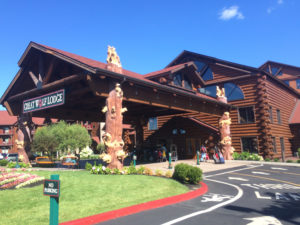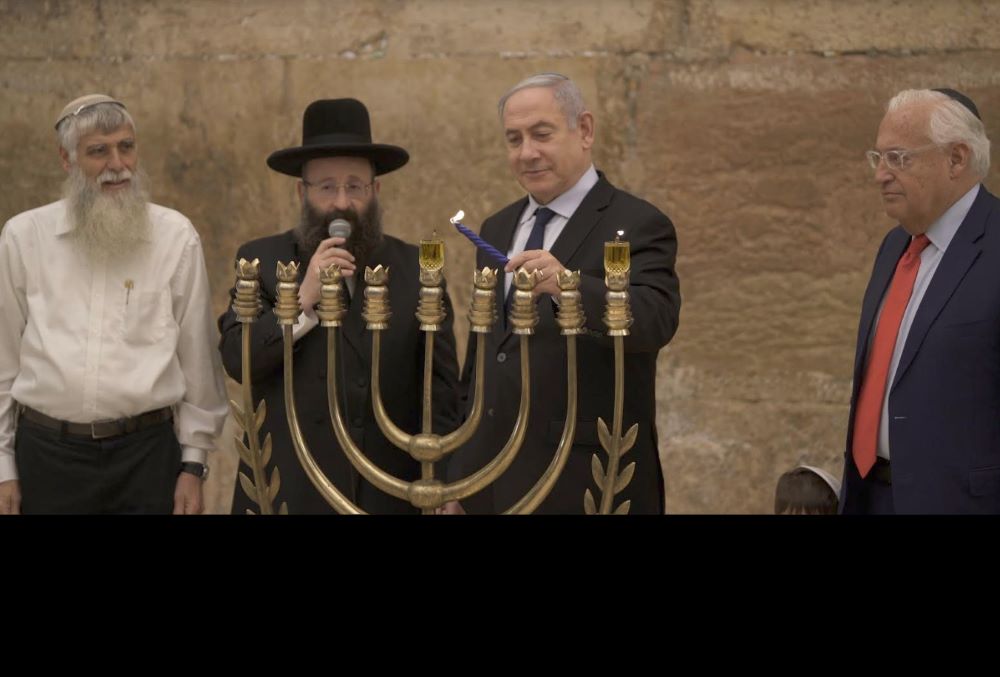By: Jacob Airey
International film director Luis Ismael brings us the moving historical drama Sefarad. It is tells the important story of the Jewish community living in Portugal since 1496, specifically noting the impact from the community in Oporto.

The movie begins in 1496, when an edict is passed by King D. Manuel that prohibited Judaism in Portugal, forcing the Jews to flee. Some stayed and practiced in secret, becoming “Crypto-Jews” which kept most of the traditions alive. Jumping to the 1920s, we are introduced to Captain Barros Basto (Rodrigo Santos), a World War I hero and leader in the community of Jews living in Oporto. He and his friends decide to build a grand synagogue to entice the “Crypto-Jews” back to their communities since the edict of 1496 has been dissolved. He is met with confrontation from all sides.
The “Crypto-Jews” are nervous about leaving their own communities and certain leaders in the Ashkenazi Jews think that their practices are too far gone to be integrated back into Orthodox Judaism. Captain Basto never falters and though he faces tragedy, a smear campaign, politics, and even humiliation, he stays true to his dream as we witness the history of Oporto Jews from Post-World War 1 to the roaring 20s to the tragedy of the Holocaust and finally to the 21st Century.
As I have said before, I am not a huge fan of European films, historical dramas or not. I often find them dreary, nihilistic, pandering, or preachy. However, Sefarad is none of those things. It shows us a small segment of history that is not talked about often, but should be known. Seeing an entire community persecuted for simply having a certain faith only to struggle to rebuild is a sobering reality no one wants to face. Seeing it happen in their own languages was even more sobering.
Luis Ismael does an excellent job of showing this history without any gimmicks. There is no gratuitous violence to shock us or expletive material to make us cringe. Instead, he relies on the story itself to pull the audience into the history he or she is watching. A good storyteller, especially one with such a delicate tale to tell, has to find the right balance, and in my humble opinion, he is successful.
I appreciated the attention to detail on the historicity. The clothing, the backdrops, and even vehicles were straight out of the years they appeared in. The quality of the sound, music, and costumes were spot on.
Now, this is not a perfect film. Some of the time jumps through the different stages were a bit confusing if you weren’t told explicitly what year it was, causing you had to use historical references from the characters to give you clues. That being said, that was a minor detail in this movie. Most of the time, it was stated plainly through captions.

I would also like to praise actor Rodrigo Santos as Captain Artur Carlos de Barros Bast, a very real historical figure who helped Crypto-Jews unite with their communities and helped survivors of the Holocaust. Santos portrays him exactly how you would imagine. He is an idealist who believes in the kindness of men and wants to be kind to them. At times, you truly feel for this man as he experiences personal tragedies and attacks on his reputation while he is trying to do good for his family and friends. It is truly well done.
Bottom line, as foreign films, particularly Europeans ones, go, it is one of the best I have seen in a long time. Instead of relying on bleak outcomes, it relies on the hope of the history is dramatizing to enthrall the audience. On that level, it succeeds.
PARENTAL CONCERNS: Mild Violence
FAVORITE QUOTE: It is our responsibility.








